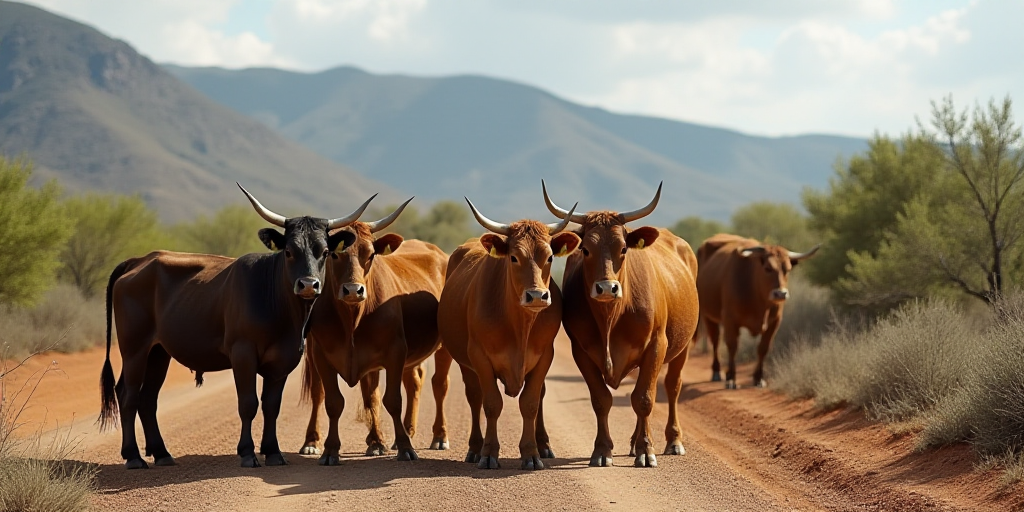Background and Relevance of the Situation
Claudia Sheinbaum, the President of Mexico City, announced during her morning press conference that borders would reopen for Mexican livestock after reaching an agreement with the United States Department of Agriculture (USDA). This development comes after the USDA’s Animal and Plant Health Inspection Service (APHIS) conducted a technical evaluation confirming Mexico’s significant and sustained progress in epidemiological surveillance, movement control, and pest eradication efforts.
Who is Claudia Sheinbaum?
Claudia Sheinbaum is the Head of Government of Mexico City, an equivalent position to Mayor, since 2018. As a prominent political figure in Mexico, her announcements often carry weight and influence national policies.
Key Actions Leading to Reopening
- Weekly dispersal of over 100 million sterile flies to curb the spread of the screwworm.
- Five APHIS technical missions in Mexico that confirmed advancements on the ground.
- Strengthened movement control and biosecurity measures in strategic entities.
Why was there a suspension?
In November of the previous year, the United States temporarily suspended live cattle imports from Mexico following the identification of a screwworm case in a cow near a border control post close to Guatemala. In response, the Mexican government announced measures to resume normal beef exportation.
What is the screwworm?
The screwworm infestation is caused by the larvae of the fly Cochliomyia hominivorax, which feed on the living tissue of mammals, though rarely birds. The larvae hatch within 12 to 24 hours after eggs are laid in superficial wounds, and they consume living tissue for 4 to 8 days, causing severe damage to the animal.
Mexico maintained a “screwworm-free” status since 1991, thanks to constant surveillance and measures implemented by the National Service of Health, Veterinary and Food Safety (Senasica).
Key Questions and Answers
- Why were live cattle imports from Mexico suspended? The United States temporarily halted live cattle imports from Mexico in November of the previous year after detecting a screwworm case near the southern border with Guatemala.
- What is the screwworm? The screwworm infestation is caused by the larvae of the fly Cochliomyia hominivorax, which feed on the living tissue of mammals, causing severe damage.
- Why is Mexico’s screwworm-free status important? Mexico has maintained a screwworm-free status since 1991, thanks to constant surveillance and measures implemented by Senasica. This status is crucial for protecting Mexican livestock from the parasite.






